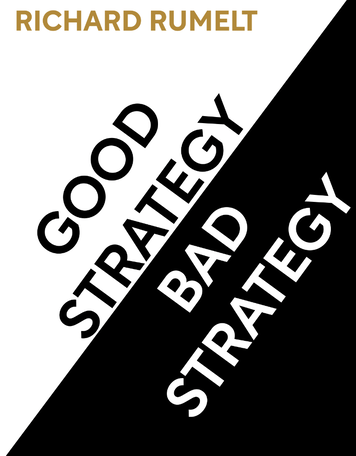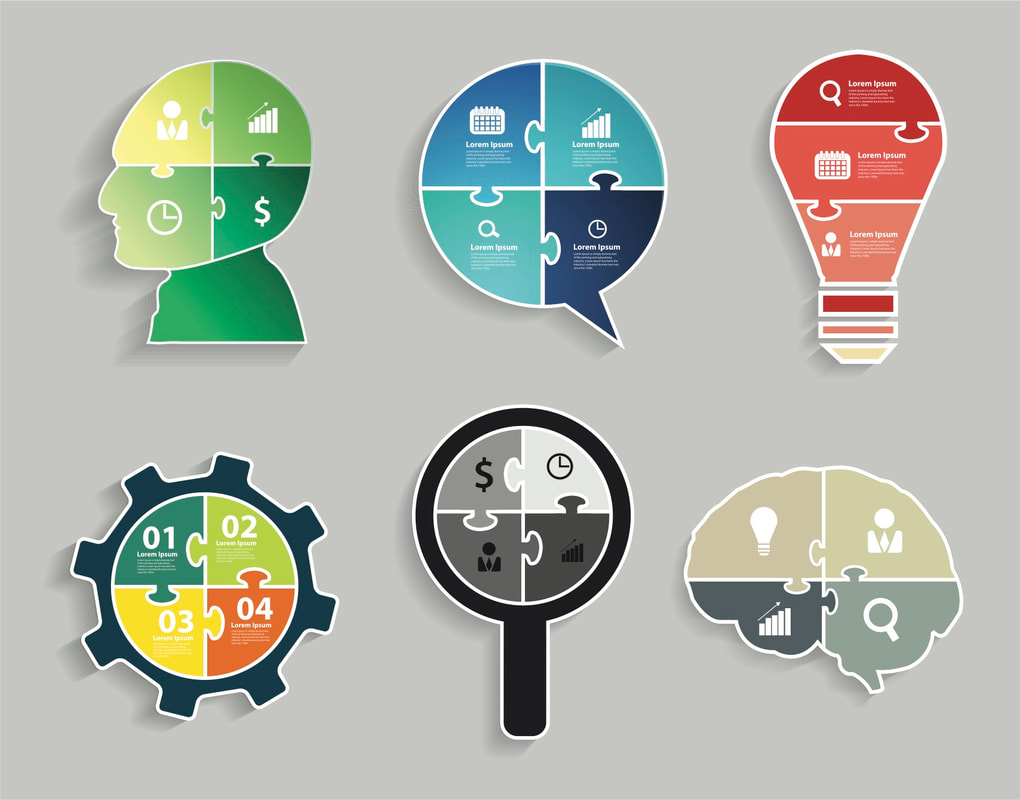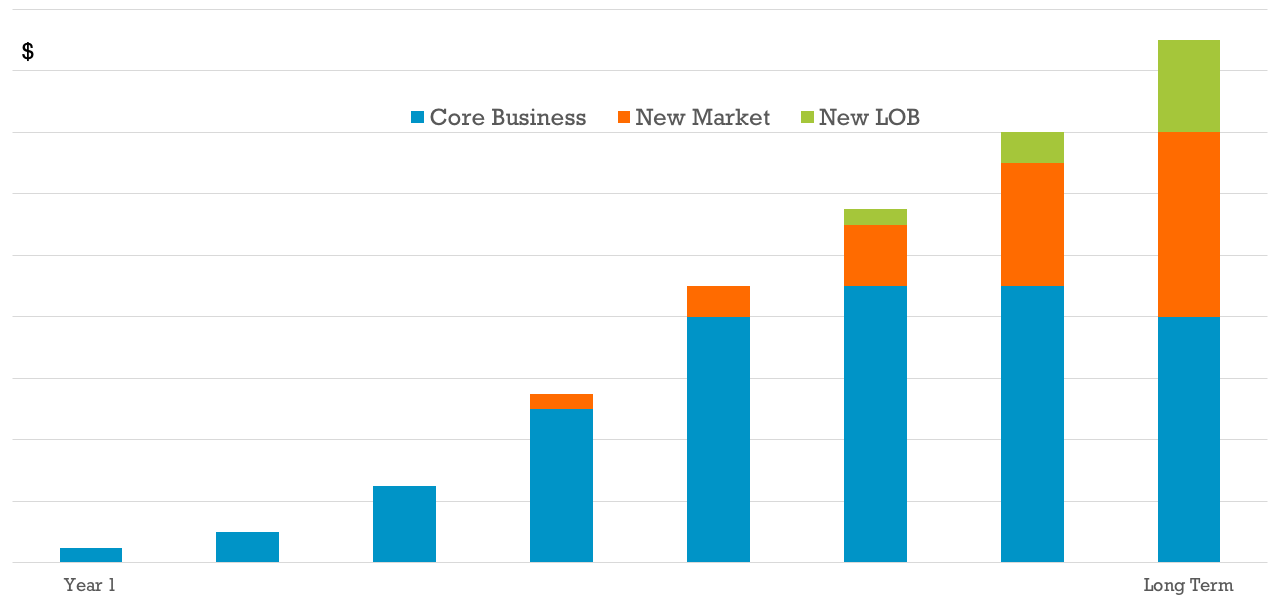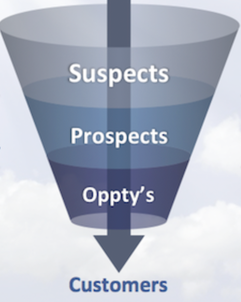|
Popularized by Amazon, a Single-Threaded Owner (STO) is a leader who is 100% dedicated and accountable to a new initiative such as inventing a new product, launching a new line of business, or executing a digital transformation. The Single-Threaded Owner is responsible for turning strategy into real results.
0 Comments
Talking to customers to uncover unmet needs is the most critical part of product strategy. The key to growth is a deep understanding of your target customers. Simply relying on internal ideas is not enough, nor is it enough to just look at google analytics and product usage data. You actually have to talk to the market.
Read my article The Complete Guide to Customer Interviews That Drive Product-Market Fit. When you get to the customer interview, take heed of these crucial guidelines! Launching a new business? Whether you're newly self-employed or planning to be the next Amazon, the principles for a startup founder are the same.
 I've been doing Scrum and other forms of agile development for 20 years, yet I never took a Scrum Alliance course until my consulting work required me to be obtain the CSM Certified Scrum Master certificate. And wow! It is an eye opener to understand how Scrum is truly intended to be applied, as opposed to the way organizations apply it only partly. Below are my notes from a fantastic Scrum Alliance course that will hopefully help anyone looking to get the certification, or simply understand the real Scrum, in depth. Good Strategy Bad Strategy: The Difference and Why It Matters by Richard Rumelt is an excellent book. It's available as a PDF online. Below I take excerpts from the book to provide a short summary of its key points.
Tired of generic 2022 predictions about remote work, cloud, and data? Here are 5 specific trends for software business leaders to consider:
After running programs using Scrum methodology since 2005, I thought I knew a lot about Scrum. Until I finally did a Scrum Alliance course and learned that there are many misconceptions that 99% of the world does not get right about Scrum. Here's my top 12 list of surprising Scrum facts.
One of the biggest challenges of a new startup is generating marketing qualified leads (MQLs). A startup is a race: you are burning through limited funding, and every day you need to go all-out before funding runs out. Along the way, you are demonstrating progress to leadership and investors, and there's no better way to keep their confidence than pointing to a pipeline of fresh daily leads.
So how do you get MQLs for your startup ASAP? You're at an established company that wants to break into a new market or new geography. Where do you start?
Product and service offerings follow a growth lifecycle:
Once you hit Flatline and Decline, it is very hard to bounce back. Stories of flatlining businesses that suddenly take off again are rare indeed. While there are ways to resuscitate a flatlining business, the ideal is to NEVER GET THERE IN THE FIRST PLACE and instead take the right actions to ensure continuous growth.
SaaS businesses are all the rage! Even companies that have success with traditional products are re-thinking their business as a SaaS offering, to reap the many benefits:
These benefits are so attractive that every and any product and business model is being re-imagined as SaaS, leading to some great ideas (e.g. Spotify, Coursera, bacon-of-the-month dropped off at your doorstep!). But not every business lends itself intuitively to a SaaS model. Especially if you have years of legacy technology and processes established with an existing customer base, the transition won't happen overnight. There are key questions to answer in each facet of the business. Yes the PMP exam does have many "trick questions"! Here is my cheat sheet of tricks, gotchas and pitfalls collected about these questions. You have to be very careful about the wording and cut through the noise in the question to find what the really important answer is. This is meant to simulate project management in the real-world, where day-to-day you have to cut through the noise and make decisions based on what's truly important. There is also lots of terminology, acronyms and references to names of theories and principles that you need to know, and sometimes these terms are not even in the PMBOK itself.
A Program Manager is responsible for managing multiple interrelated streams of work and ensuring that - taken together - they produce specific business outcomes and benefits for an organization.
However the title "Program Manager" is not very common. Organizations have Project Managers, Product Managers, General Managers. But apart from some large organizations, "Program Manager" is rare. This is because often executives and middle managers play the role of Program Manager even if they don't have the title. A marketing and sales funnel has multiple stages:
Who are the people that can't live without your product? Why is that product a must-have for them? And what is the difference between these must-have users compared to other users for whom it's just a nice-to-have? These questions are at the root of scaling growth. Find your must-have users.
Yet, when planning target markets, it’s human nature to want to go broad. There is a feeling of safety and comfort. “Why, my product has hundreds of uses, for everyone! Let me list the ways…” But one of the great paradoxes of growth is that, in general, the more broadly you define target markets, the less business you actually take in. It literally pays to get more targeted. |












